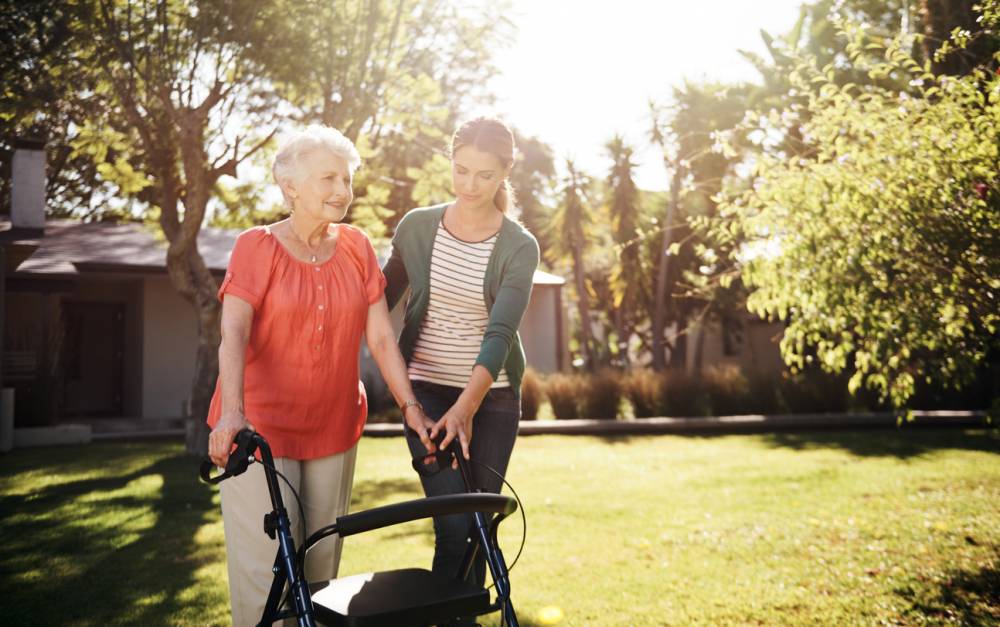
Dementia has a number of early signs and symptoms – the most common being confusion and challenges with the memory.
But what people may not realise is that the different kinds of dementia can also have an impact on people’s physical health.
One common change that is seen in people living with dementia is in how they walk and move about.
Over time, many people living with dementia will struggle with mobility issues and will find themselves in need of a walker or a wheelchair.
Those with advanced dementia are often confined to their beds as they can no longer walk.
But what about before a person has a dementia diagnosis? Could a change in how they walk be an early warning sign?
A recent study seems to think so. Published in the Journal of the American Geriatrics Society, researchers looked at around 4000 older people in England who were 60 years old and older between 2002 and 2015.
The study compared the participants walking speeds twice over two different periods in time: from 2002 and 2003 and between 2003 to 2004.
From there the study then looked at whether participants developed dementia at any time between 2006 and 2015.
It was found that people with slower walking paces were more likely to develop and be diagnosed with dementia.
And it was more likely that they were going to have a diagnosis if there was a significant difference in their walking speed recorded over the two years.
Aside from walking pace, the 2018 study also found that those who entered the study with lower thinking and decision-making capabilities, or saw their cognitive abilities rapidly declined during the course of the study, were more likely to be diagnosed with dementia.
Issues with people’s walk or “gait” can be managed with the help of a physiotherapist or a physical therapist.
A 2014 study looked at how intensive resistance and functional training in people with dementia could improve their mobility.
And it found was that “the intensive, dementia-adjusted training was feasible and improved clinically meaningful gait variables in people with dementia.”
If a loved one is having trouble walking, that does not mean they should stop altogether. Many carers worry that if they allow for the person to walk around, they might suffer a fall and hurt themselves.
But it should be noted that there are ways to manage that. For around the home, there are ways to ensure a person doesn’t slip and fall. For example, using bars and handrails along walls or even in bathrooms to act as a support.
If the person’s home has stairs, there are electronic lift replacements that can be installed that the person can use instead.
It is imperative that the older person still has plenty to do and is getting mental and physical stimulation during the day.
What do you have to say? Comment, share and like below.